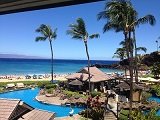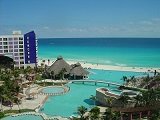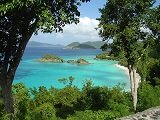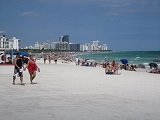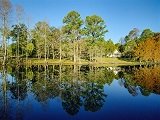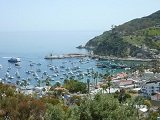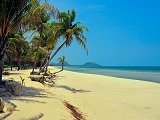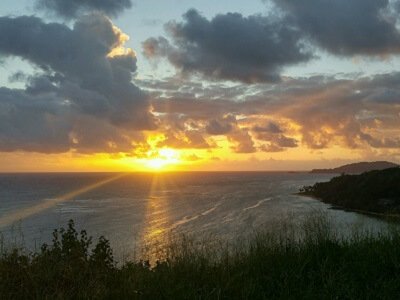- Home
- Costa Rica Webcams
- Arenal
Search this site
Arenal Webcam
Live high quality, streaming Arenal webcam that looks right at the volcano and periodically switches over to view the observatory and lodge.
The Arenal webcam has zoom and pan features plus a snapshot option that grabs a photo and then allows you to download, email or share on Facebook, Reddit, Pinterest, Tumblr or Twitter.
ALAJUELA PROVINCE WEATHER
About the Arenal Volcano and Region
Arenal is one of seven active volcanoes in Costa Rica and towers 5000 feet over the nearby small town of La Fortuna. Other active volcanoes include Poas, Irazu, Miravalles, Orosi, Rincon de la Vieja and Turrialba. Given that Costa Rica is a very small country, only about the size of West Virginia, emphasizes how seismically active this region really is with this many active volcanoes so close to each other.
Arenal was considered dormant for over 300 years until an eruption in 1968 that destroyed the town of Tabacon and three other nearby villages killing a total of 87 people. This was followed by additional eruptions in 1975, 1996, 1998 with the last one being in 2010.
At one time, people were allowed to hike all the way up to the edge of the crater but several relatively recent incidents of people dying from the poisoness gases created by the volcano, resulted in the trails being closed. You can still hike around the base of Arenal and up to the lava fields but must access through the Arenal National Park.
Adjacent to the Arenal volcano is Lake Arenal, the largest freshwater reservoir in Costa Rica. The hydroelectric power equipment generates over 10% of all electricity in Costa Rica. In fact, Costa Rica generates 99% of its total electricity from green energy sources such of water and solar. The surface area of the lake is approximately 33 square miles and the maximum depth of the lake is over 200 feet.
Lake Arenal is popular for fishing, windsurfing, horseback riding and kayaking.
Arenal is located about 90 miles from the Liberia International Airport
and about 80 miles from the Capital city of San Jose. While you may
assume that 90 miles means and hour and a half by car, it is probably
more like three hours. Nothing moves fast in Costa Rica. Travel speeds
average 30-40 mph due to slow moving trucks, accidents,
police checkpoints, weather, animals, construction and more.
